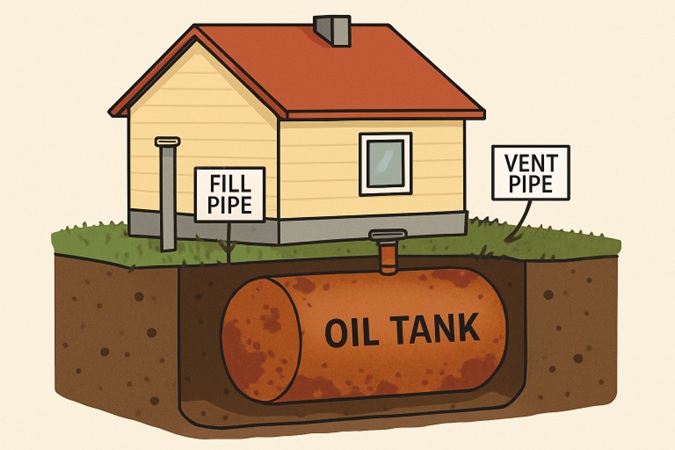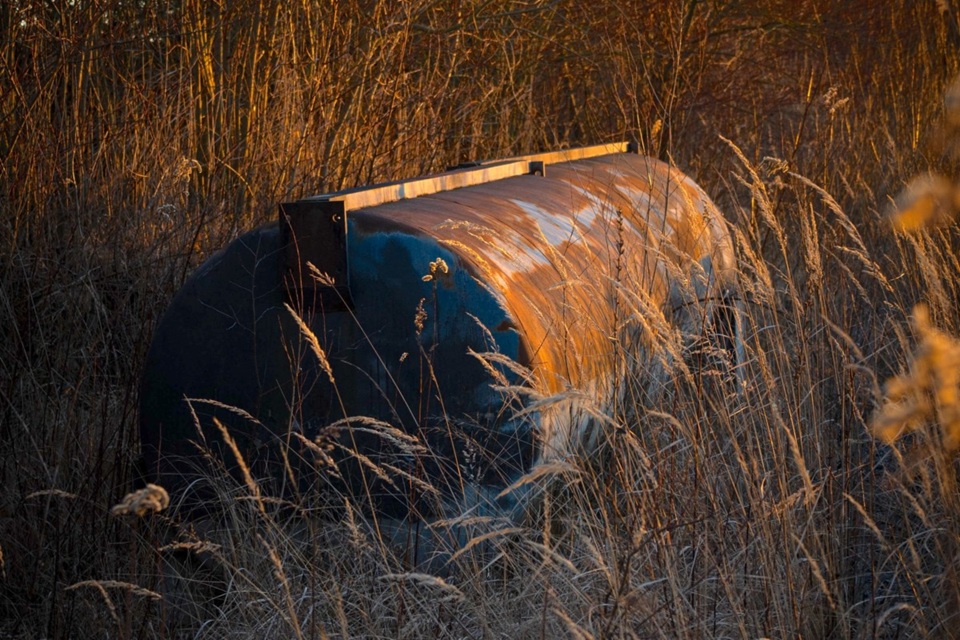Key Takeaways:
- Old oil tanks can present serious safety and environmental hazards on residential properties.
- Prompt inspection and removal are essential to prevent environmental damage and potential legal issues.
- Professional services ensure compliance with regulations and keep your home and neighborhood safe.
- A clear set of steps and best practices helps guide property owners through the discovery, assessment, and cleanup process.
- There is a wide range of resources to help you navigate the process and stay informed about local requirements.
Signs & Detection: How To Spot An Old Oil Tank
Discovering an old oil tank is common in older homes heated by oil. Signs include metal caps, fill or vent pipes, rusty piping, soil depressions, or oily smells in basements and crawlspaces. Detecting buried tanks early helps prevent soil and water contamination. It’s never advisable to ignore or cover up these signs. Instead, enlisting professionals such as oil tank services Tuxedo Park NY ensures that the initial assessment and handling are performed according to state and EPA standards. Early detection can save property owners significant costs and avoid future legal troubles. Regular inspections and maintenance can help identify potential issues before they escalate. Awareness and prompt action are key to managing underground tank risks effectively.
Why It Matters: Environmental & Legal Risks
Old oil tanks represent a potential threat to both the environment and your legal standing as a homeowner. Tanks that have been sitting unused for years are prone to rust, corrosion, and leaks, which can seep hazardous fuel into the surrounding soil and groundwater. This poses a significant risk not only to your property but to the wider community and local ecosystems.
Legally, property owners are responsible for cleaning up any leaks or spills from these tanks. Many states and municipalities now enforce stringent regulations about the handling, removal, or closure of such tanks. Non-compliance or failure to address known hazards could trigger fines, complicate home sales, or void insurance coverage. The Environmental Protection Agency’s UST laws and regulations provide helpful guidance for homeowners navigating these requirements.

First Steps: What To Do When You Find An Oil Tank
If you find an underground or abandoned oil tank, do not attempt to open, move, or disturb it. These actions could cause leaks or expose you to hazards. Cordon off the area, keep children, pets, and family away, and gather property documents related to oil heating or tank removal. Contact an experienced oil tank professional for assessment. Prompt action prevents costly damage and legal issues, and documents your responsible response for insurance or legal needs during real estate transactions.
Assessment: Professional Evaluation & Inspection
Having certified professionals conduct a thorough evaluation is vital. They may use soil testing, inspection cameras, and other diagnostic tools to check the tank’s integrity and search for signs of leaks or contamination. The specialist will provide a detailed report, including recommendations on whether the tank can remain safely in place (rare), needs further monitoring, or requires immediate removal and remediation. Professionals are also familiar with municipal permitting requirements and can guide the homeowner through mandatory steps for environmental safety. This stage is crucial for ensuring that your property remains compliant with local and federal regulations. Consulting reputable sources, such as this New York Times feature on buried oil tanks, can help set expectations for the assessment process.
Removal Process: What To Expect
If removal is advised, start by applying for permits through your local authority. Professionals will safely extract remaining oil, excavate the tank, and dispose of it and contaminated soil properly. Cleanup follows safety protocols, with all actions documented in a final report, which is crucial for future property sales and liability. Immediate cleanup limits pollution spread, avoids fines, and protects neighborhood health and property values. Homeowners should ensure all steps follow state regulations and industry best practices to strengthen future real estate or insurance claims.
Safety Tips & Best Practices
- Never attempt to remove, open, or repair an old oil tank without the assistance of a professional.
- Prevent access to the tank area by children, pets, and untrained adults.
- If you must check the area, wear appropriate personal protective equipment and minimize exposure time.
- Always follow your municipality’s hazardous material handling protocols, which can be found on the local government’s website or through the EPA.
- Keep thorough records of all inspections, communications, and cleanup efforts for your files.
Costs & Financial Considerations
Oil tank removal costs vary by size, location, and contamination. Residential removals can cost from a few thousand to tens of thousands if extensive cleanup is needed. Homeowners should check with insurance and local authorities for coverage or assistance, as some areas offer grants or rebates. Getting quotes from multiple specialists helps ensure fair prices. Knowing about local financial aid and regulations can ease environmental compliance costs.
Final Thoughts: Turning Discovery Into Action
Finding an old oil tank on your property can feel overwhelming at first, but it’s ultimately a challenge with clear, manageable steps. From assessing its condition to consulting professionals and ensuring safe removal or remediation, each action you take protects your home, your health, and the value of your property. What begins as a surprise can quickly turn into an opportunity to secure peace of mind and preserve your investment for years to come.



